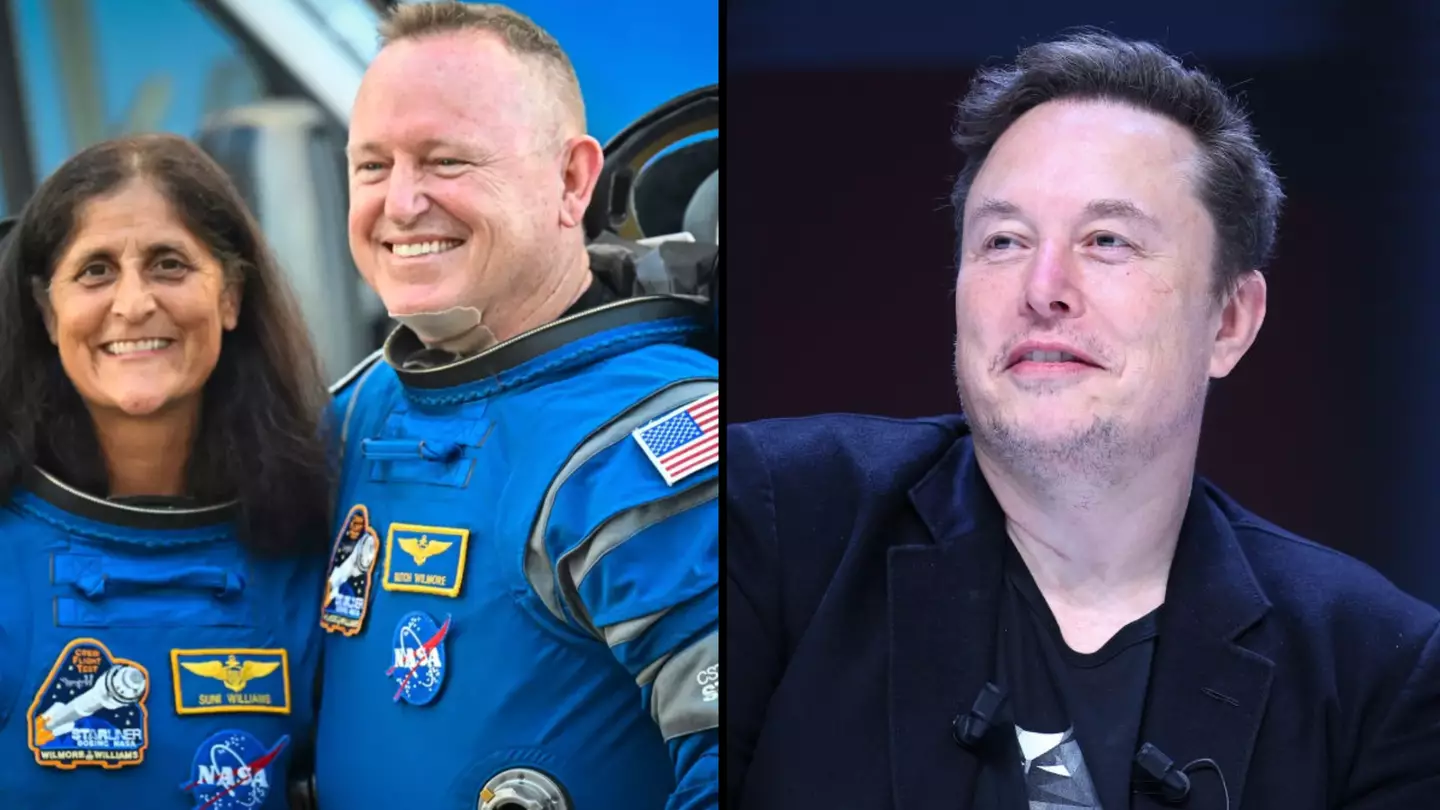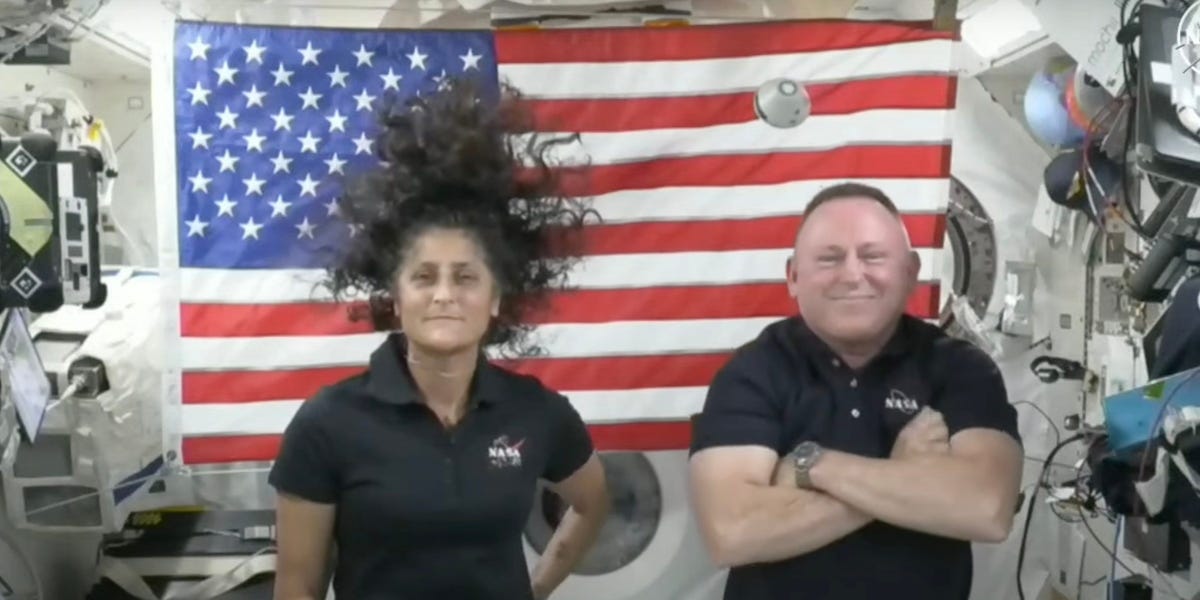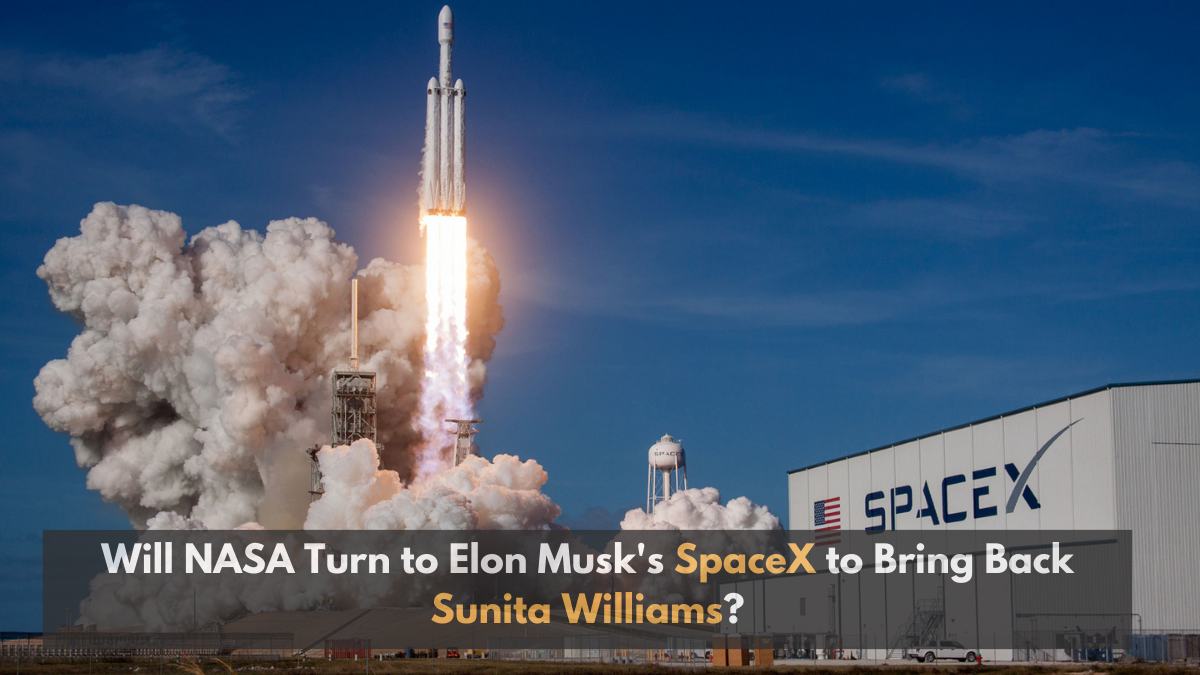The Mysterious Case of the Long-Duration Spaceflight: NASA Astronauts Left Alone For 9 Months
In a shocking turn of events, a group of NASA astronauts was left stranded in space for an unprecedented 9 months, raising more questions than answers about the future of long-duration spaceflight. The mission, code-named "Aurora," was intended to be a groundbreaking experiment in sustainable space exploration, but it has left many in the scientific community scratching their heads. As we delve into the mysterious case of the long-duration spaceflight, we may uncover some surprising answers that challenge our current understanding of space travel.
The concept of long-duration spaceflight has been a topic of interest for space agencies and private space companies alike for decades. With the rise of reusable rockets and advancements in life support systems, the possibility of sending humans to space for extended periods of time has become more feasible. However, the challenges associated with long-duration spaceflight are multifaceted and complex, requiring careful planning, advanced technology, and a deep understanding of the human body's response to prolonged exposure to microgravity.
The Aurora Mission: A Groundbreaking Experiment
The Aurora mission was a collaborative effort between NASA and private space company SpaceX, led by CEO Elon Musk. The mission's primary objective was to test the feasibility of long-duration spaceflight on a commercial spacecraft, the Crew Dragon. The spacecraft was designed to carry a crew of four astronauts to the International Space Station (ISS) for a period of up to 9 months.
The astronauts, who were selected from a pool of highly qualified candidates, underwent rigorous training to prepare for the mission. They were equipped with advanced life support systems, including air, water, and food supplies, as well as cutting-edge communication equipment. However, despite the extensive planning and preparation, the mission was marked by a series of unexpected challenges and setbacks.
The Unforeseen Consequences of Prolonged Spaceflight
One of the most significant challenges faced by the Aurora astronauts was the psychological effects of prolonged spaceflight. The prolonged exposure to microgravity, coupled with the isolation and confinement of the spacecraft, took a toll on the astronauts' mental health. The lack of social interaction, combined with the monotony of daily routines, led to feelings of anxiety, depression, and cabin fever.
Other unforeseen consequences of prolonged spaceflight included the effects on the astronauts' physical health. The prolonged exposure to microgravity caused a range of physiological changes, including muscle atrophy, bone loss, and vision impairment. The astronauts also experienced a range of other health issues, including sleep disturbances, digestive problems, and immune system suppression.
The Role of Advanced Life Support Systems
One of the key technologies used to mitigate the effects of prolonged spaceflight was the advanced life support system (ALSS) on board the Crew Dragon. The ALSS was designed to recycle air, water, and waste, reducing the need for resupply missions from Earth. However, despite the advances in ALSS technology, the mission was plagued by equipment failures and malfunctions.
The Controversy Surrounding the Mission's Termination
The decision to terminate the Aurora mission after just 9 months was met with controversy and criticism from many in the scientific community. Some argued that the mission was premature, citing the need for further research and testing before attempting such a long-duration mission. Others questioned the safety and feasibility of the mission, citing the numerous equipment failures and health issues experienced by the astronauts.
The Implications for Future Spaceflight
The Aurora mission has significant implications for future spaceflight, particularly in the context of long-duration missions to the Moon, Mars, and beyond. The mission has highlighted the need for more research and development in areas such as life support systems, radiation protection, and psychological preparation for extended spaceflight.
The Future of Space Exploration
As we look to the future of space exploration, it is clear that the challenges associated with long-duration spaceflight will need to be addressed. This may involve the development of new technologies, such as advanced life support systems, radiation shielding, and more effective psychological preparation strategies.
The Mysterious Rescue Mission
But what about the mysterious rescue mission that was allegedly undertaken by SpaceX to retrieve the stranded astronauts? While details of the mission remain scarce, it is clear that it was a closely guarded secret that was kept from the public and the scientific community.
The Lessons Learned
The Aurora mission has provided a wealth of lessons learned for future spaceflight missions. These include the need for more research and development in areas such as life support systems, psychological preparation, and radiation protection. The mission has also highlighted the importance of effective communication and collaboration between space agencies, private companies, and other stakeholders.
The Way Forward
As we look to the future of space exploration, it is clear that the challenges associated with long-duration spaceflight will need to be addressed. This may involve the development of new technologies, such as advanced life support systems, radiation shielding, and more effective psychological preparation strategies.
The Aurora mission has provided a unique opportunity to study the effects of prolonged spaceflight on the human body and mind. While the mission was not without its challenges and setbacks, it has provided a wealth of lessons learned that will inform future spaceflight missions. As we continue to push the boundaries of space exploration, it is clear that the future of long-duration spaceflight holds many exciting possibilities.
The Conclusion
In conclusion, the mysterious case of the long-duration spaceflight, as embodied by the Aurora mission, has raised more questions than answers about the future of space exploration. While the mission was marked by numerous challenges and setbacks, it has provided a wealth of lessons learned that will inform future spaceflight missions. As we continue to push the boundaries of space exploration, it is clear that the future of long-duration spaceflight holds many exciting possibilities.
References
- NASA. (2022). Aurora Mission Overview.
- SpaceX. (2022).
Lane Garrison
Elliot Timpf
Karlye Taylor
Article Recommendations
- Diabla Lara
- Seopetition Tracker
- Are Mykie And Anthony Padillatillating
- Camilla Araujo Fans
- Joe Rogan Wife
- Patricia Arquette
- Cecily Chapman
- Es4u Ownload
- Brynn Woods
- 2 Actorsied Yesterday 2024



